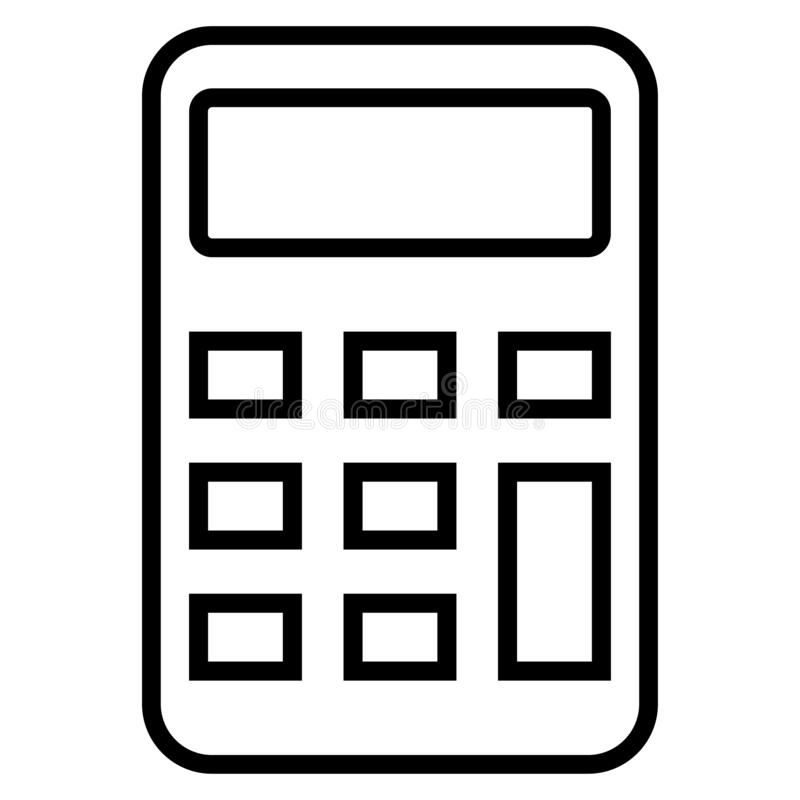What Should you do if the Checkout Inventory Shows Damages?
When it comes to renting out property, landlords have a lot of responsibilities. One of the most important is ensuring that their property is well-maintained and in good condition. However, despite taking all the necessary precautions, damages can still occur. In this article, we will discuss what you should do as a landlord if the checkout inventory shows damages.
Understanding the Checkout Inventory
Before we delve into what you should do if the checkout inventory shows damages, let’s first understand what it is. The checkout inventory is a document that records the condition of the property at the end of a tenancy. It is usually conducted by an independent inventory clerk or the landlord themselves.
The checkout inventory will detail the state of the property and any damages that have occurred during the tenancy. This document is essential in determining whether the tenant is liable for any damages or if they should receive their full deposit back.
Free Landlord Resources

Free Instant Valuation
See how much your property could get in rent.

Fee Saving Calculator
See how much you could save on property fees.
Yield calculator
Calculate your rental yield with our simple tool
Compliance Guide
Download your complete landlord compliance guide
Assessing the Damages
If the checkout inventory shows damages, the first step is to assess the extent of the damage. As a landlord, you should inspect the property thoroughly to determine the severity of the damages. It is also essential to identify if the damages are due to wear and tear or tenant negligence.
Determining Liability
Once you have assessed the damages, the next step is to determine who is liable for them. If the damages are due to wear and tear, the landlord is responsible for covering the costs of repairs. However, if the damages are due to tenant negligence, the tenant is responsible for covering the costs of repairs.
Communicating with the Tenant
It is crucial to communicate with the tenant as soon as possible if the checkout inventory shows damages. You should inform them of the damages and the costs of repairs. You should also provide them with a deadline for paying for the damages or arranging repairs themselves.
It is essential to keep communication professional and respectful. If the tenant is responsible for the damages, they may dispute the costs. Therefore, it is important to keep a record of all communication and any agreements made.
Deducting Costs from the Deposit
If the tenant does not pay for the damages or arrange repairs themselves, the landlord can deduct the costs from the deposit. However, the landlord must provide evidence of the damages and the costs of repairs. They must also provide the tenant with a breakdown of the deductions made.
Going to Court
If the tenant disputes the deductions made from the deposit, they may take the case to court. In this case, the landlord must provide evidence of the damages and the costs of repairs. They must also show that they have followed the correct procedures for deducting costs from the deposit.
FAQs
Who is responsible for damages due to wear and tear?
The landlord is responsible for damages due to wear and tear.
Who is responsible for damages due to tenant negligence?
The tenant is responsible for damages due to tenant negligence.
Can the landlord deduct costs from the deposit?
Yes, the landlord can deduct costs from the deposit if the tenant does not pay for the damages or arrange repairs themselves.
Conclusion
As a landlord, it is essential to understand what you should do if the checkout inventory shows damages. You should assess the damages, determine liability, communicate with the tenant, deduct costs from the deposit if necessary, and be prepared to go to court if the tenant disputes the deductions made.
Remember that communication is key in these situations. Keep a record of all communication and agreements made to protect yourself from any potential disputes.
Free Landlord Resources

Free Instant Valuation
See how much your property could get in rent.

Fee Saving Calculator
See how much you could save on property fees.
Yield calculator
Calculate your rental yield with our simple tool
Compliance Guide
Download your complete landlord compliance guide

Meet Sam your local Expert
Sam has a wealth of experience across the private landlord and Build to Rent sectors. He has advised a wide range of clients across the whole of London on how to find great tenants, improve their assets and effectively market their properties for the best returns.
Our Trusted Partners





See if we can save you Money
As Featured on






